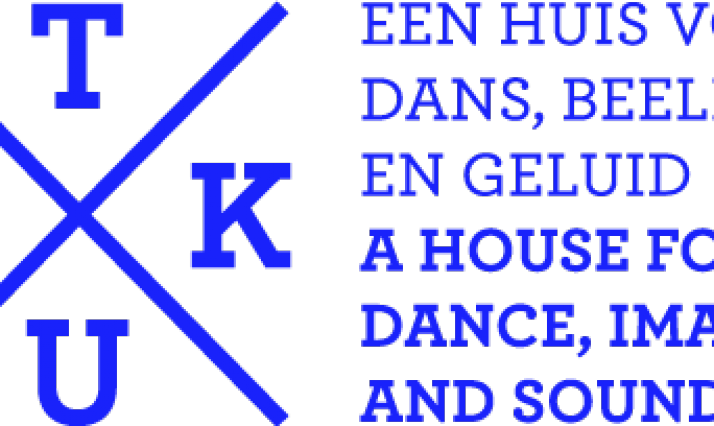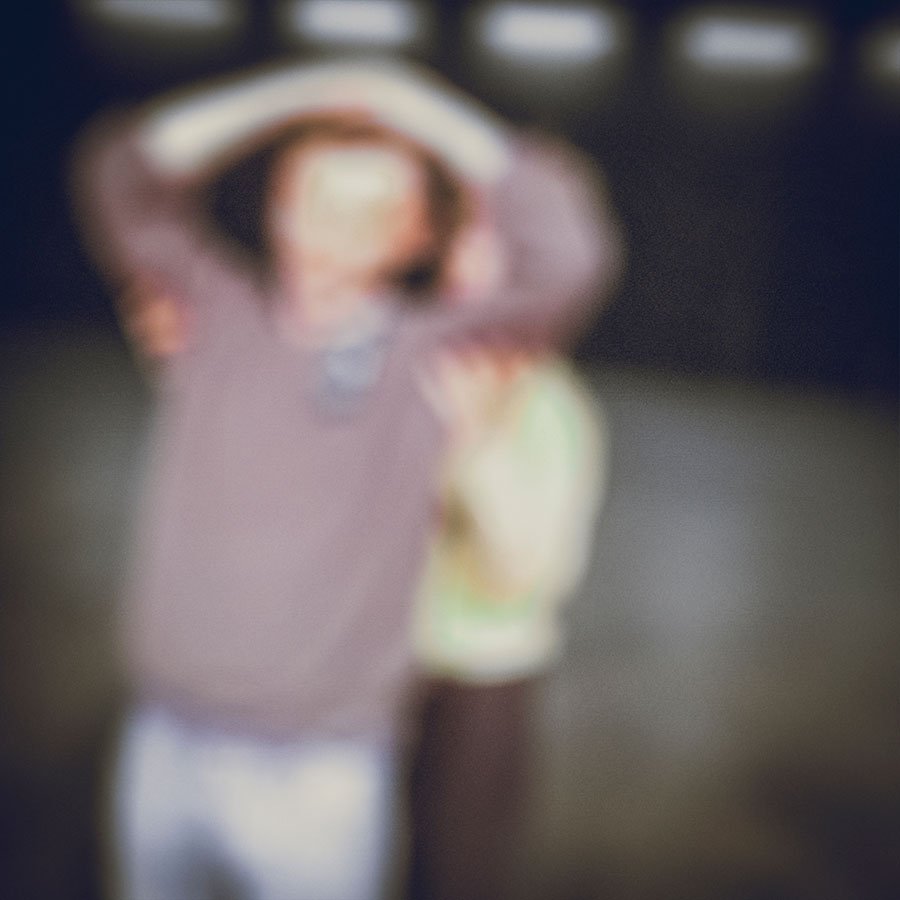Ice Hot Nordic Dance Inspired Dance Programmer Charlotte Vandevyver from STUK – House for Dance

DCI met Dance Programmer at the Belgian House for Dance, Image & Sound – STUK, Charlotte Vandevyver, at the festival Ice Hot Nordic Dance CPH at Dansehallerne in Copenhagen in December 2016.
In collaboration with the Finnish Cultural Institute for the Benelux, Danish Cultural Institute in Brussels had invited 4 dance programmers and artistic directors from renowned Dutch and Belgian dance platforms to Copenhagen to take part in Ice Hot Nordic with the purpose of developing new opportunities for cooperation and creative inspiration between Nordic dance companies and platforms in the Benelux.
The group consisted of Karlien Vanhoonacker, Artistic Director for the festival Spring in Utrecht, Pierre Thys, Director of External Relations at Theatre de Liege, Anita van Dolen, Artistic Director at Julidans and Dance Programmer at Stadsschouwburg in Amsterdam and Charlotte Vandevyver, Dance Programmer at STUK in Leuven.
We met Charlotte Vandevyver in the foyer of Dansehallerne in Copenhagen, where she had a break in between meetings with international colleagues and the programme of performances.
Is this your first visit in Scandinavia?:
CV: It is my first time in Copenhagen. I must say that Danish artists are a bit of a blind spot on my map. I am very eager to set up cooperation.
What kind of platform is STUK?
CV: STUK is house for dance, image and sound and has already been existing for 4o years. It is situated in a building from the twenties, a former laboratory. Looks a bit like an old school.
A new infrastructure, by a renowned Dutch architect, has been connected with the old building. The architect created a lot of different spaces for the different art forms. Little rooms for musicians to rehearse.
The building still belongs to the university. And we have a close relationship to the university.
STUK is situated in Leuven, which is a dynamic student town. The cafe in STUK is the meeting point for all the students in the city, and the heart of the house.
STUK has it’s roots in the students movements in the seventies. In the beginning there was a lot of attention on workshops for professionals, but also classes that the students could attend. Today STUK embraces a much larger programme. Now we have classes for adults. A Young Audience Programme. Lots of participatory performances. STUK share some of the same visions as Dansehallerne, and we are are discussing the opportunities for setting up some kind of exchange.
What is your impression of the Nordic dance scene?
CV: In the Nordic countries there are differences. I am most familiar with what is happening in Sweden. They seem to have a big support for dance, supporting choreography. For me Stockholm have become a quite important player in dance, and more and more artists are based in Stockholm.
Denmark, and Copenhagen, is a new field for me. But I feel there is something cooking now – an interesting dynamic going on. But it is difficult to put your finger on. That’s why I was so interested in coming here.
What are the new tendencies in contemporary dance?
CV: A lot of artists now tend to create pieces, that is more and more locally based. They work with either amateurs or very specific targeted groups, they want to connect with. So every time the production is partially taking place at the venue, where they perform.
This is really a new way of producing, which comes from an interest in dance and choreography to expand the notion of who can dance, or who can have access to the stage.
This is a new development and it is quite present in the program of STUK. Our program is quite open, but when you look through it, you will find several performances this year, that deal with those questions.
For instance the acclaimed Belgian choreographer Jan Martens has developed the performance The Common People, where he invites 48 local residents from Leuven for several days of workshops . The performances are actually constructed as such, that the organizer’s life and encounters meet one stage. Like two people are meeting for the first time. So this performance is 24 duets with people seeing each other for the first time.
For every performance Martens is working with new people. With The Common People Martens wants to create some kind of resistance to social medias. He wish to bring people together in a more human way, intimate, with physical contact, one to one.
It it not, that we are actively looking for this kind of work. But I try to be attendant to it. And if I find artists, who work with more socially focused topics, I try to encourage them to come to STUK.

Who is the most innovative dancer or performer in Belgium at the moment?
CV: Someone that is certainly to be followed right now is Jan Martens. He is making very interesting work, bringing in new elements.
Because I must say that especially in Flandern and Belgium, the development in dance has been very conceptual. Jan has been able to break that again. By means of bringing in real people on stage. His work also has a very conceptual structure, but he is dealing with new topics.
Is there a change in contemporary dance at the moment?
CV: Back in 2000 you had this conceptual wave, reflecting on and deconstructing the art form. Analyzing what dance can be. I notice, that the young generation is stepping away from this, They still use all this knowledge generated in it. But you see now people allow the desire to dance and move again also on stage.
They are inspired from social dancing, clubbing, looking at how concerts are organized. How to connect with the audience.
For instance The Cloud of Milk (by Milla Koistinen) is an example of breaking down the boundaries between concert and movements.
There is a big influence from visual arts. Tate Modern inviting contemporary choreographers. And within classical ballet – many more are reaching out to contemporary dance that earlier and inviting choreographers from contemporary dance companies. This is happening many places in Europe.

In March during the MOVING IMAGE EXPO, STUK will present the Danish visual artist Joachim Koester.
Ice Hot Nordic Dance Platform
ICE HOT is a Nordic collaboration concept, brand and a biennial platform.
The biennial platform presents high quality and diverse Nordic dance performances and artistic offstage presentations mainly for international dance professionals.
In addition, the event acts as a broad discussion and networking forum for dance professionals from around the world
Ice Hot Nordic 2016 took place in Dansehallerne in Copenhagen,
Contact
Further information about Danish Cultural Institute in Brussels, please contact us at: info@danishculture.eu